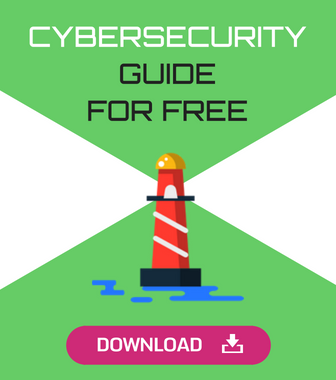Even though Apple products are hard to crack by the average programmers, it doesn’t mean that they are fully protected from hackers.
It was only a decade ago when George Hots, also known as Geohot, was accounted as the first programmer to unlock the iPhone in 2007. If you come to think about it, 2007 wasn’t that long ago.
After the release of various applications that allow you to bypass certain regulations that Apple and iOS implemented on their products, many tech-savvy persons managed to find ways to jailbreak their iphones. But for those that aren’t savvy with technical terms, what exactly is jailbreaking, and why are people beginning to jailbreak their iPhones more often?
The Definition of Jailbreaking
In technical terms, jailbreaking is the installation of a modified set of kernel patches that allow you to run unsigned code. In layman’s terms, jailbreaking is the process of hacking into a device’s restrictions, getting around those restrictions, and allowing yourself to alternate the device’s operating system and applications.
Jailbreaking allows you to have a root access level to the device that you’re hacking into. You’d be allowed to alternate the dock settings, download applications that don’t comply with Apple’s app store, and customise the features however you want.
IOS jailbreaking has been compared to Android rooting in the past, but the process is more different than you think. That is because Apple has now implemented stricter security on their devices, such as the locked bootloader that prevents users from modifying the operating system.
Although it isn’t illegal to jailbreak iPhones, the installation goes against Apple’s end-user license agreement for iOS.
Is Jailbreaking White or Black Hat Hacking?
If you aren’t familiar with the terms ‘White Hat Hacking’ and ‘Black Hat Hacking’, white-hat hackers compromise computer systems for ethical reasons, whereas black-hat hackers crack into systems for personal gain, which would normally be immoral gains.
In the 1990s, the term ‘Grey Hat Hacking’ became popular amongst hackers when there are groups or individuals that may sometimes violate laws or typical ethical standards, but wouldn’t have the malicious intent like black-hat hackers would have. Jailbreaking is normally categorised as grey-hat hacking, but it can still be integrated into both white and black hat hacking for various purposes.
Many black hats would jailbreak devices with iOS, or use iOS devices that are already jailbroken to install malware (short for malicious software) into them. Even though jailbreaking an iPhone allows you to download applications that don’t follow Apple’s policy, it leaves you vulnerable to software that contains viruses. If not to install malware, black-hats would use jailbroken phones for software piracy.
However, white hat hackers, also known as ethical hackers, would jailbreak into iPhones for cases that may involve police forces. The Italian cybersecurity company ‘Hacking Team’ that sells software to law enforcement agencies, advised the police to jailbreak iPhones to allow tracking software to be installed on them.
How Do you Know if Your iPhone is Jailbroken?
There is an app called ‘Cydia’ that most users would have on their phones to download other third-party software.
There are others like ‘Absinthe’, ‘Icy’ and ‘Installer’, but ‘Cydia’ is the most renowned one out there. If you have Cydia or the other apps mentioned on your iPhone, it means that it is jailbroken.
Finding out if your device is jailbroken is relatively easy:
1. Unlock your device by swiping or entering your password if you activated a lock.
2. Exit all apps and return to the home screen by pressing the home button on the bottom of the device.
3. For devices above iOS 6, touch anywhere aroind the bottom group of icons, but not an icon, and slide down. For iOS 6 and under, swipe all the way left from the home screen. This will bring up the spotlight search screen, which will allow a search for anything on the device.
4. Search for any of the app names mentioned above. E.g. Cydia, Absinthe, Icy, etc.
The Legal Status of iOS Jailbreaking
In most European countries, including the UK, the ‘Copyright and Related Rights Regulations 2003’ law makes outwitting the measures legal for the purpose of ability, but not copyright infringement. Jailbreaking may be a kind of evasion covered by that law, but this has not been tested in court.
Many smartphones, tablets, and game console makers include a layer of Digital Rights Management, also known as DRM. DRMs exist to either limit the software a user can run on it, or for security purposes.
Most iOS jailbreakers would crack into iPhones for the sole purpose of downloading applications that Apple doesn’t sell. However, the dangers and risks of hacking into an Apple product are still moderately severe, and the chance of catching malware can expose your personal details on the net.







Comments are closed.